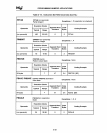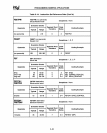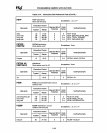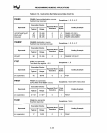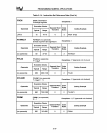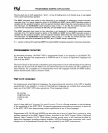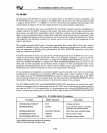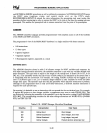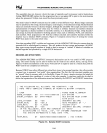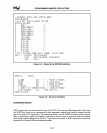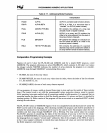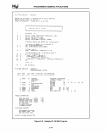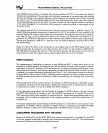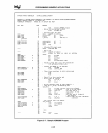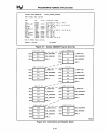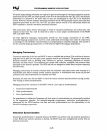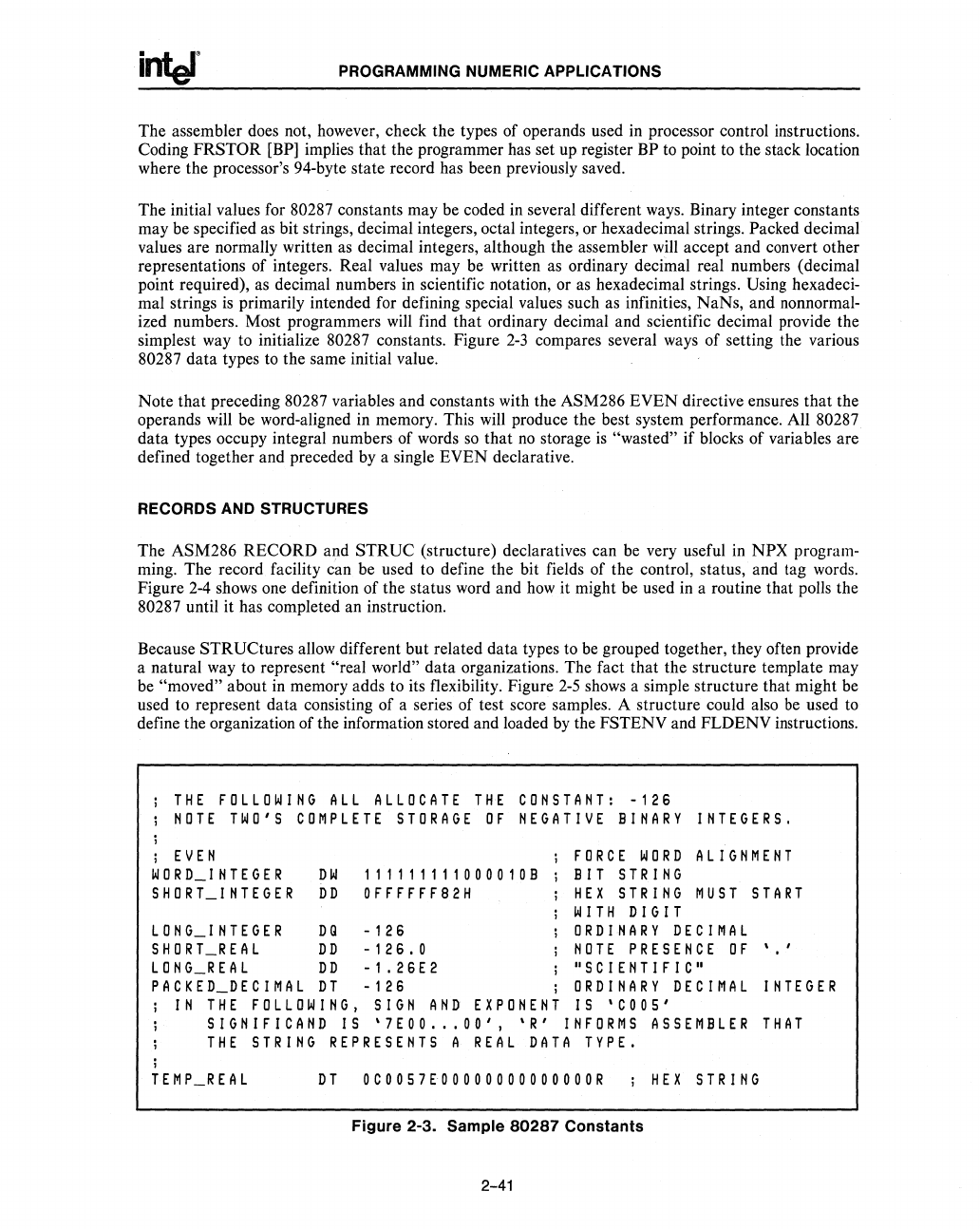
PROGRAMMING NUMERIC APPLICATIONS
The assembler does not, however, check the types of operands used in processor control instructions.
Coding
FRSTOR
[BP]
implies that the programmer has set up register
BP
to
point
to
the stack location
where the processor's 94-byte state record has been previously saved.
The initial values for 80287 constants may
be
coded
in
several different
ways.
Binary integer constants
may
be
specified as bit strings, decimal integers, octal integers, or hexadecimal strings. Packed decimal
values are normally written
as
decimal integers, although the assembler
will
accept and convert other
representations of integers. Real values may be written as ordinary decimal real numbers (decimal
point required),
as
decimal numbers
in
scientific notation, or
as
hexadecimal strings. Using hexadeci-
mal strings
is
primarily intended for defining special values such as infinities, NaNs, and nonnormal-
ized numbers. Most programmers
will
find that ordinary decimal and scientific decimal provide the
simplest way
to
initialize 80287 constants. Figure
2-3
compares several
ways
of setting the various
80287 data types
to
the same initial value.
Note that preceding 80287 variables and constants with the ASM286 EVEN directive ensures that the
operands
will
be word-aligned in memory. This
will
produce the best system performance. All 80287
data types occupy integral numbers of words
so
that
no
storage
is
"wasted" if blocks of variables are
defined together and preceded
by
a single EVEN declarative.
RECORDS AND STRUCTURES
The ASM286 RECORD and STRUC (structure) declaratives can
be
very useful
in
NPX program-
ming. The record facility
can be used to define the bit fields of the control, status, and tag
words.
Figure
2-4
shows one definition of the status word and
how
it might be used
in
a routine that polls the
80287 until it has completed an instruction.
Because STRUCtures allow different but related data types to
be
grouped together, they often provide
a natural
way
to
represent "real world" data organizations. The fact that the structure template may
be
"moved" about in memory adds
to
its flexibility. Figure
2-5
shows
a simple structure that might be
used to represent data consisting of a series of test score samples. A structure could also
be
used
to
define the organization of the information stored and loaded
by
the FSTENV and FLDENV instructions.
THE
FOLLOWING
ALL
ALLOCATE
THI
CONSTANT:
-126
NOTE
TWO'S
COMPLETE
STORAGE
OF
NEGATIVE
BINARY
INTEGERS,
EVEN
WORD_I
NTEGER
SHORT_I
NTEGER
DW
DD
111111111000010B
OFFFFFF82H
FORCE
WORD
ALIGNMENT
BIT
STRING
HEX
STRING
MUST
START
WITH
DIGIT
LONG_INTEGER
DQ
-126
ORDINARY
DECIMAL
SHORT_REAL
DD
-126,0
NOTE
PRESENCE
OF
' ,
LONG_REAL
DD
-1,26E2
"SCIENTIFIC"
PACKED_DECIMAL
DT
-126
ORDINARY
DECIMAL
INTEGER
IN
THE
FOLLOWING,
SIGN
AND
EXPONENT
IS
'COOS'
SIGNIFICAND
IS
'7EOO"
,00',
'R'
INFORMS
ASSEMBLER
THAT
THE
STRING
REPRESENTS
A
REAL
DATA
TYPE,
DT
OCOOS7EOOOOOOOOOOOOOOR
HEX
STRING
Figure 2-3. Sample
80287
Constants
2-41



